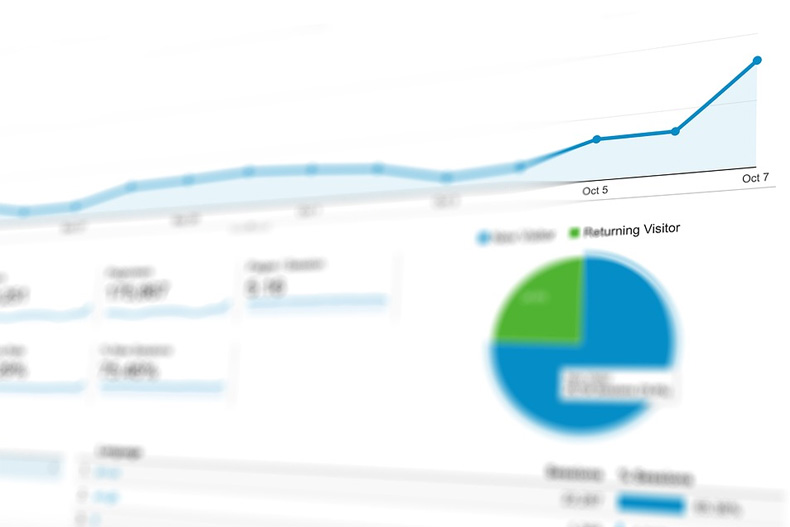Bounce rates. They are the natural enemy of the website designer and online business owner and yet are a constant reality. But there’s a difference between acceptable levels of bounce and being unable to capitalize on the first click of all those users who should, by all rights, be into what you’re serving. Here, we’re going to look at some common culprits and bounce and how you can get them behind bars.

Make sure the site actually works
There’s nothing that will get users clicking away from a site like one that looks like it doesn’t work. Broken links, broken images, and broken pages in their entirety are big culprits in increasing your bounce. For one, make sure that your site can tolerate all the data and media it needs to host by looking at different hosting packages such as those listed on this page. Test your website thoroughly and often, using tools that can check for broken pages, links, and images.

Think purpose for every piece of content
This goes hand-in-hand with practices like social media sharing and search engine optimization. You need to have a good expectation of the kind of value that visitors want and expect to see from the site. Clickbait titles might work initially but are a big culprit in bounce. Similarly, links from external sources like advertisements and content sharing on social media should always have a corresponding landing page. If someone clicks on a link that’s talking about the benefits of a food processor, they should be taken directly to the page about the food processor, not about the range of kitchen tools you have to offer.

Don’t build a maze and call it a home
As with landing pages, you should be thinking about how to simplify the journey of the visitor. Again, this relies on thinking about the purpose of their visit. There are only a few things they’re going to want from you. It might be relevant information, it might be contact details, it might be a certain product. If you’re filling your navigation bar with options that lead to all kinds of different, irrelevant issues, it gives way to the paradox of choice. People won’t know what to go. Keep navigation simple with tips from places like this site and make use of sub-menus where it could streamline that journey.

Use the tools right
When it comes to measuring the bounce rate of your site over time, the most widely used tool is going to be Google Analytics. However, there are some aspects of using it that might make your bounce rate much higher than it really should be. For instance, changing bounce rate to measure not just the number of pages visited, but the amount of time spent on them. Having visitors stay on one blog post to read the entirety of it might count as a victory for you, but under generic settings, will result in verified ‘bounce’. Make sure the settings in your analytics match the reality of what you’re trying to achieve.
You should be looking for a bounce rate of around 30-35%. Above that is acceptable but not optimal. Going over 50% bounce rate, however, is a sign that there’s something drastically wrong with the current state of the website.











